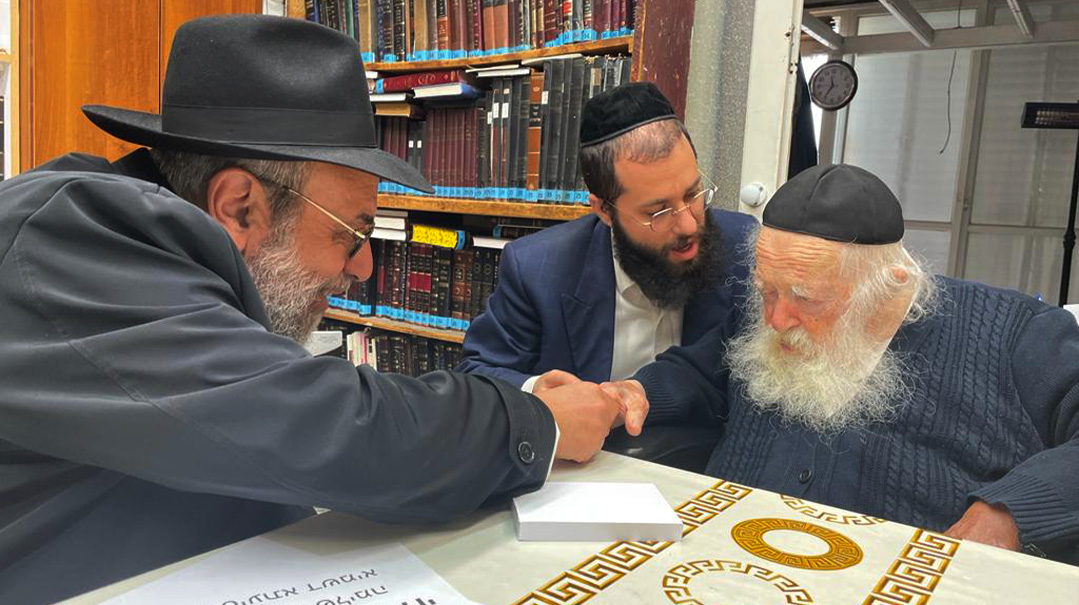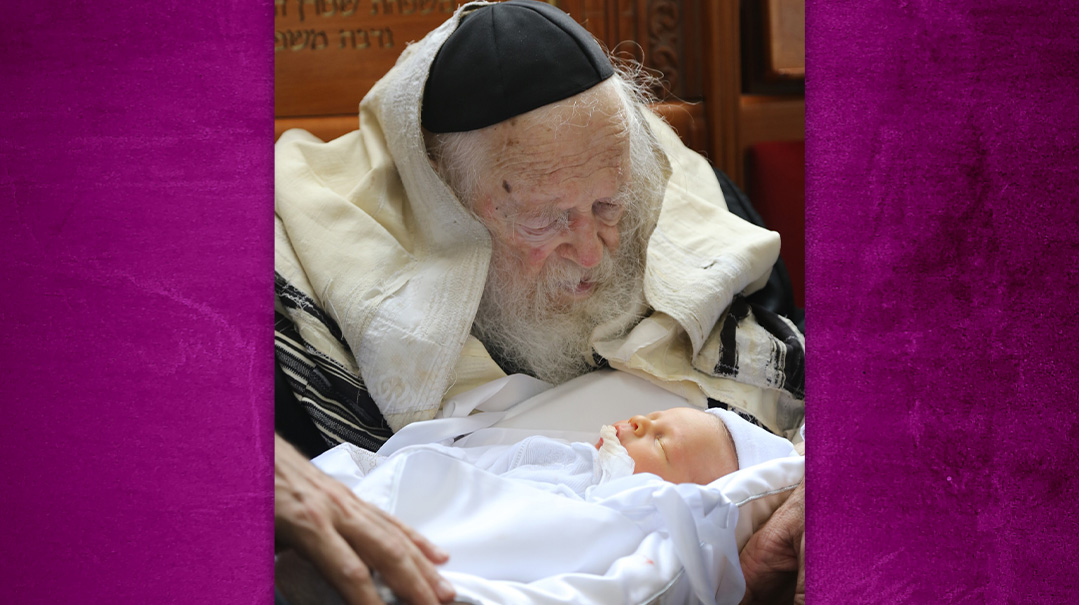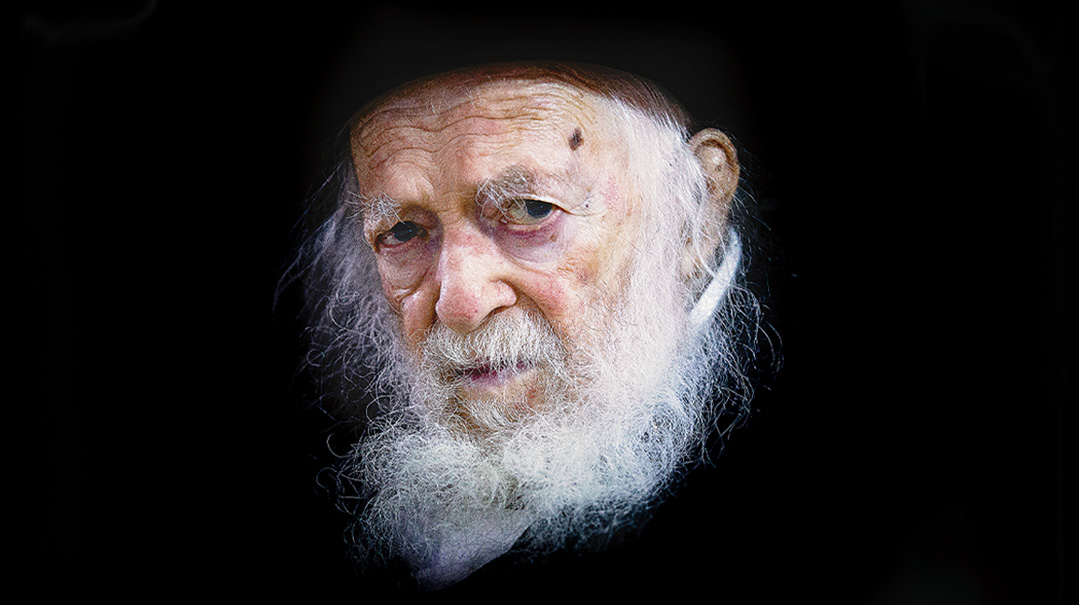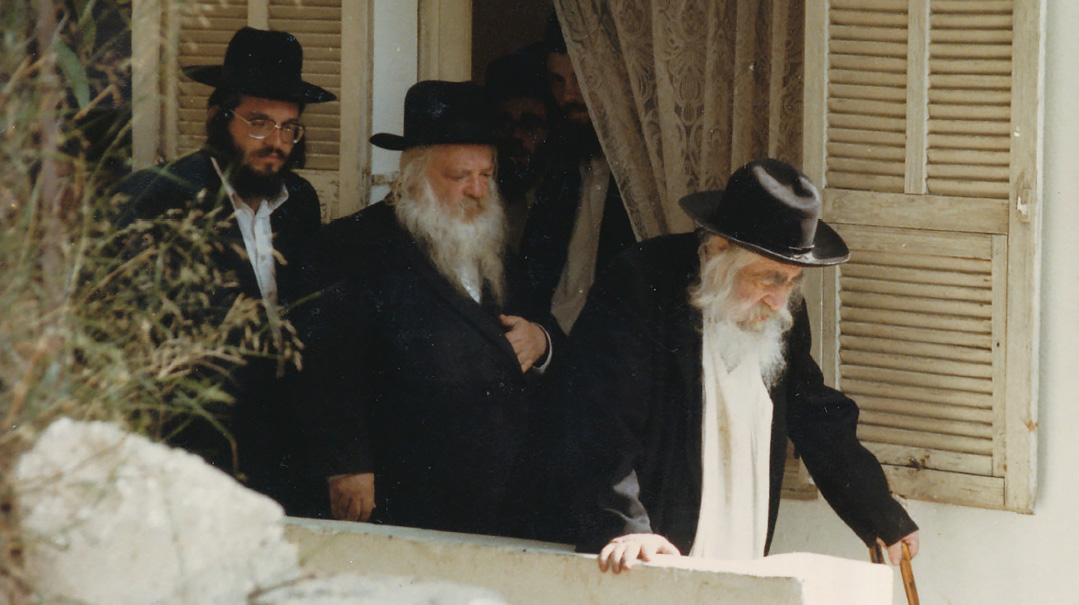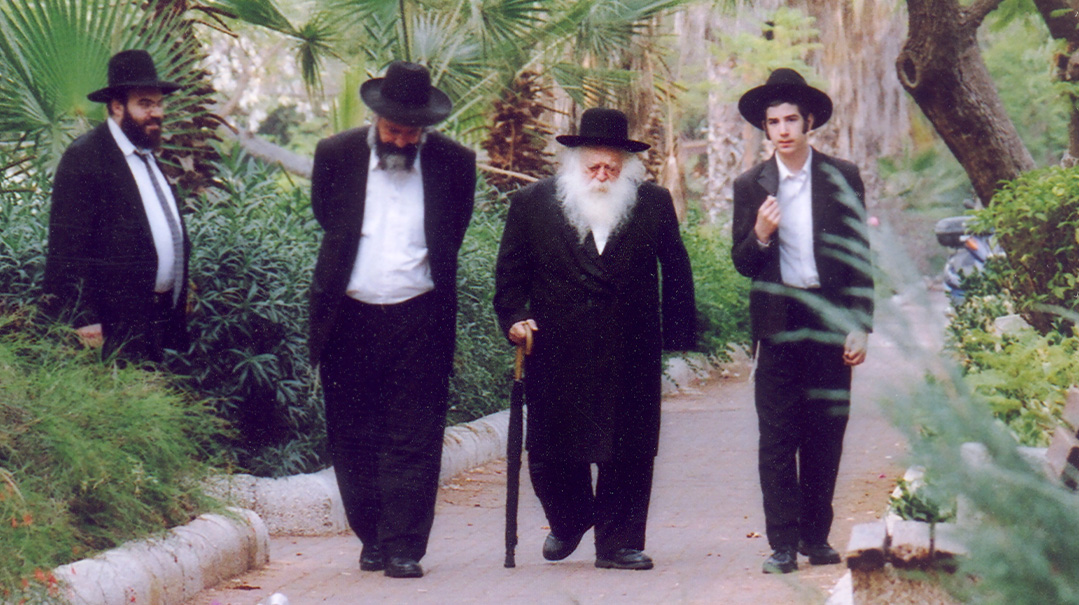He Knew Everything
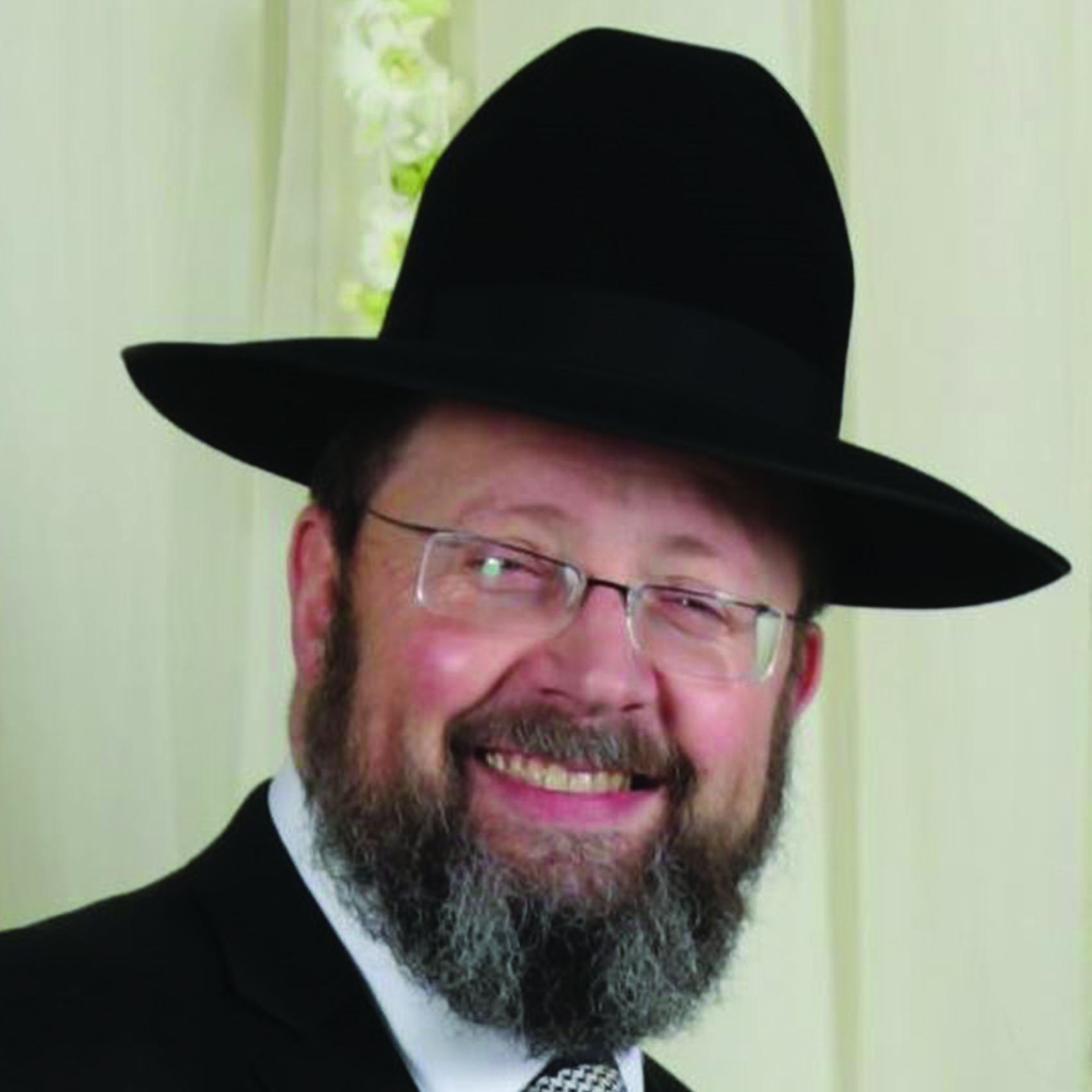
It is impossible to feel the impact of Rav Chaim’s brilliance unless one experiences it firsthand
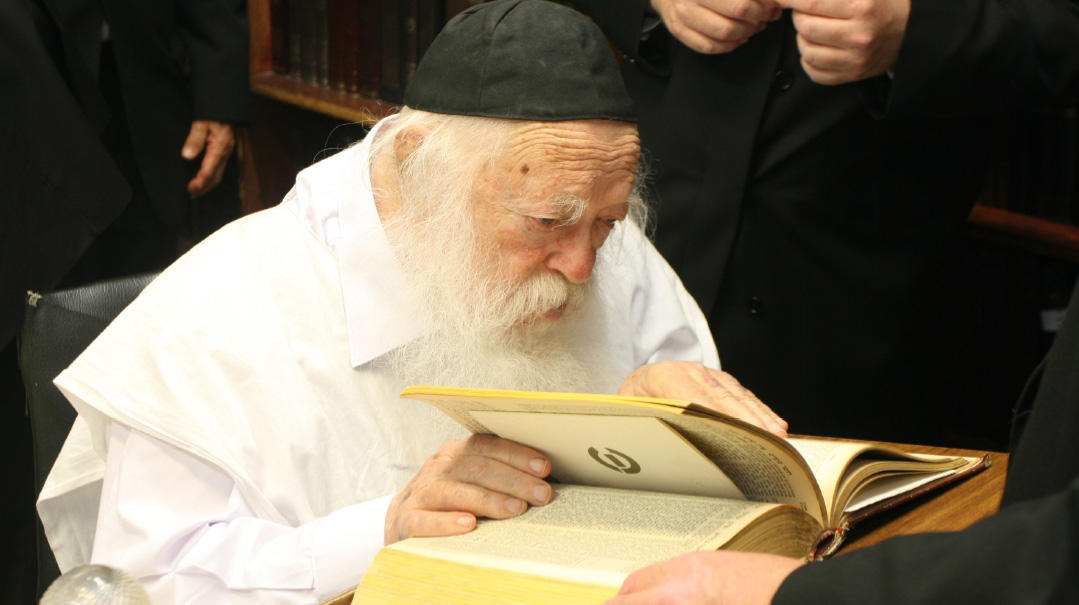
Photo: Mattis Goldberg
Rav Chaim’s vast knowledge could be compared to a hard drive with incredible storage facilities. But there was something a computer could never achieve: His utter clarity and mental organization of every possible subject
Decades ago, in Kollel Chazon Ish, it was customary for the avreichim to take turns delivering chaburos.
There were some brilliant avreichim there who presented complex chaburos built on creative and innovative reasoning. But when came the turn of a young Rav Chaim Kanievsky, he would read two blatt of Gemara and explain them with simple, perfect clarity. No intellectual acrobatics, no dazzling novellae, no soaring climax.
Once, a group of avreichim were learning with the Chazon Ish, and they showed a lack of regard for his prized nephew’s emphasis on clarity and bekius — a straightforward mastery of the breadth of the Torah.
“You are belittling him now,” the Chazon Ish replied, “but ultimately, when you don’t understand a particular Gemara, you will all seek him out — because without Rav Chaim’s vast knowledge, you will have no way to understand what you are learning.”
It’s common knowledge that Rav Chaim knew all of Torah, but what does that mean? What kind of mastery includes “everything”?
In fact, it is impossible to feel the impact of Rav Chaim’s brilliance unless one experiences it firsthand — but it is well worth the effort. Because when you go through a sugya and you then read Rav Chaim’s works, his absolute command of the material is breathtaking. Otherworldly.
Rav Chaim’s bekius was in fact unparalleled. He achieved mastery of every part of Torah and could locate sources with lightning speed.
The periodical Yeshurun, in a piece focusing of Rav Nachum Partzovitz, the late rosh yeshivah of Mir, relates the following incident: Rav Nachum was once walking through the beis medrash and two bochurim who were schmoozing saw him approaching. To cover for themselves, one of them looked in the Gemara Nedarim they were learning at the time, and started reading aloud, “Tanu rabbanan,” a standard phrase found countless times throughout Shas. Rav Nachum stopped and told them that the phrase “tanu rabbanan” is found nowhere in Maseches Nedarim.
The story was recounted to Rav Chaim, who smiled and said that this is true; however, the masechta does include — just once — the words “detanu rabbanan.”
Back when it happened, the incident made the rounds and was recounted to Rav Aharon Leib Steinman, who explained with a mashal. Say you walk into the local hardware store that carries all sorts of items, including many odds and ends. Nobody knows where anything is except the store owner, who knows where everything is — because, after all, it his “eisek,” his business. To Rav Chaim, Rav Steinman explained, the entire Torah was his eisek… and was therefore at his fingertips.
Oops! We could not locate your form.

